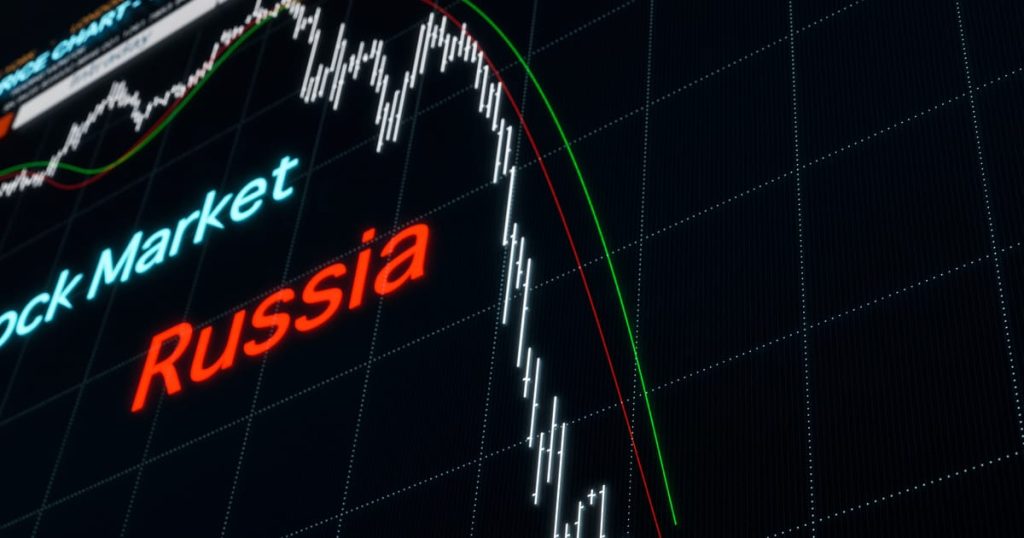Press play to listen to this article
Voiced by artificial intelligence.
The European Commission expects to generate returns of around 2.6 percent from investing assets belonging to Russia’s central bank frozen under EU sanctions, according to a document obtained by POLITICO.
The EU has been looking into the legal options for using Russian foreign reserves frozen in the bloc, including investing them to generate returns that could be used to help fund Ukraine’s reconstruction. Such an unprecedented attempt raises legal, political and economic questions, and EU countries last month set up a working group to look into what can be done.
“There is a consensus among [EU] member states that it’s important to examine very, very carefully, what can be done under the instructions that we’ve been given, including that what is going to be done will have to be in compliance with EU and international law,” Anders Ahnlid, a Swedish diplomat tasked with chairing the group, told POLITICO, adding: “We are in an exceptional situation and probably any solution that we will come up with will be of a nature that hasn’t been there before.”
The Commission document, which is set to be discussed by national experts meeting on Tuesday, explains the legal grounds for investing Russian assets, as well associated risks, and gives estimates of possible investment returns.
Given Russia’s invasion of Ukraine amounts to an “exceptional and gross violation” of international and humanitarian law, the Commission believes it could ground its case for investing Russian central bank assets and reaping returns for the benefits of Ukraine in international law.
“This appears to justify not only the unprecedented restrictive measures adopted so far, but also an equally exceptional measure aimed at compensating the damages caused by those violations,” it wrote, adding that it would require tweaking the EU sanctions regulation.
It also stressed that taking coordinated action with G7 and other countries would have “both political and market advantages,” by avoiding spooking investors who could shun European financial infrastructure if the EU acted unilaterally.
Under the EU’s sanctions regime, if and when sanctions are lifted the owner of frozen assets should be able to recover the capital as well as any returns that were contractually agreed prior to the assets being frozen. But any returns in excess of that could be appropriated, the Commission believes, and used for Ukraine’s reconstruction.
“If active management allows to generate gains beyond those contractually agreed, then the owners of the managed assets should not benefit from those gains after the measure is lifted,” the Commission wrote.
Quantifying those gains depends on how much money is invested, and how.
The EU thinks that around two-thirds of the $300 billion of Russian central bank reserves frozen in G7 countries, the EU and Australia are currently held in the bloc, including €191 billion in Belgium, and €21 billion in another unnamed EU country. “The details now emerging tend to confirm [that] initial estimate,” the document reads.
But it doesn’t yet fully know where Russian central bank reserves are held, and included an obligation to report on their whereabouts in its latest sanctions package against Russia to try to get a clearer picture.
Investing those billions in “liquid, highly-rated assets” with relatively short maturity could generate “meaningful annual revenues with a median of around 2.6 percent,” the Commission wrote.
Investing in equity would carry higher returns, but a riskier class of assets could generate losses of up to €4 billion per year, raising “political and financial implications” if the EU were to reimburse Russia for losses incurred while investing its assets — whereas “the risk of losses on a high credit-quality, shorter-term portfolio at current yields seem very remote.”
Still, “losses can never be excluded,” and so the question of “who bears any residual risk in case [of] such losses … will require a clear legal answer,” the Commission wrote.

